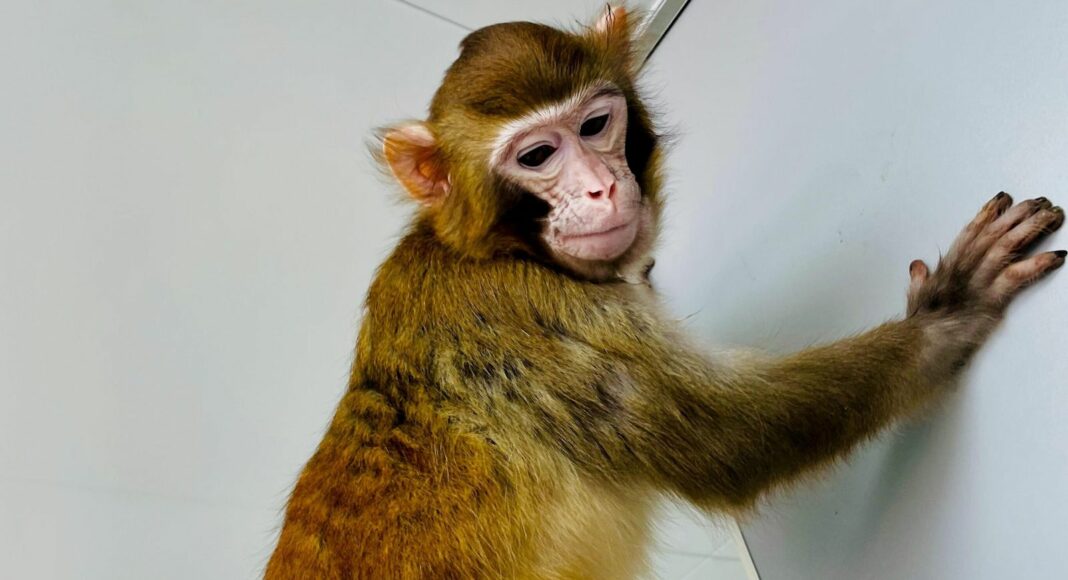A cloned rhesus monkey has survived for more than two years and has led to “valuable insights” into the scientific process, according to experts.
Scientists in China used a modified version of the same technique that was used to create Dolly the sheep, the world’s first cloned mammal.
Out of the 113 cloned embryos, 11 were implanted into surrogate monkeys, but only one survived. It has been named ReTro.
The team said that although the success rate of producing viable and healthy clones is low – less than 1% in this case – it pushes forward the understanding of primate cloning.
The world’s first cloned monkeys – a pair of identical long-tailed macaques – were created six years ago by the same researchers, led by Qiang Sun and Zhen Liu of the Chinese Academy of Sciences in Shanghai.
At that time, the researchers wanted to create populations of genetically uniform monkeys that could be customised for research into human diseases.
It also raised major ethical questions by bringing the world closer to human cloning.
But experts now say these fears “were entirely unfounded” and the efficiency of the cloning process still remains low.
Read more:Scientist who cloned Dolly the sheep was no wild-eyed Frankenstein’He was a titan’: Dolly the sheep clone scientist dies
Writing in the journal Nature Communications, the authors said: “These discoveries proe valuable insights into the reprogramming mechanism of monkey SCNT [single-cell nuclear transfer] and introduce a promising strategy for primate cloning.”
Also commenting on the findings, Dr Lluis Montoliu, a researcher at the National Centre for Biotechnology in Spain, who was not involved in the study, said: “Both the cloning of macaques and rhesus monkeys demonstrate two things.
“First, it is possible to clone primates.
“And second, no less important, it is extremely difficult to succeed with these experiments, with such low efficiencies, once again ruling out human cloning.”
Image:
Dolly the sheep makes an appearance for the media at the Roslin Institute near Edinburgh in 2002
Dolly made history nearly three decades ago after being cloned at Edinburgh’s Roslin Institute.
It was the first time scientists had managed to clone a mammal from an adult cell, taken from the udder of a Finn Dorset sheep.
Since then many other mammals have been cloned using the same SCNT technique, which involves transferring cell nucleus DNA to a donated egg cell that is then prompted to develop into an embryo.
They include sheep, cattle, pigs, dogs, cats, mice and rats and long-tailed monkeys.




